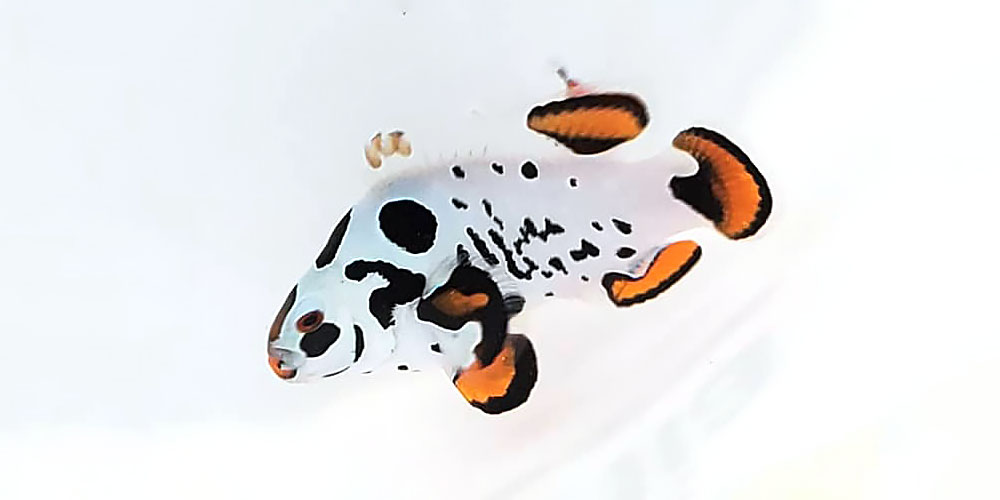
Hybridization between the Black Storm Ocellaris and the Picasso Percula Clownfish has yielded yet another exciting hybrid ornamental clownfish on the farm at Bali Aquarich in Indonesia. These latest images, courtesy of Bali Aquarich founder Wen-Ping Su, reveal the possibilities.
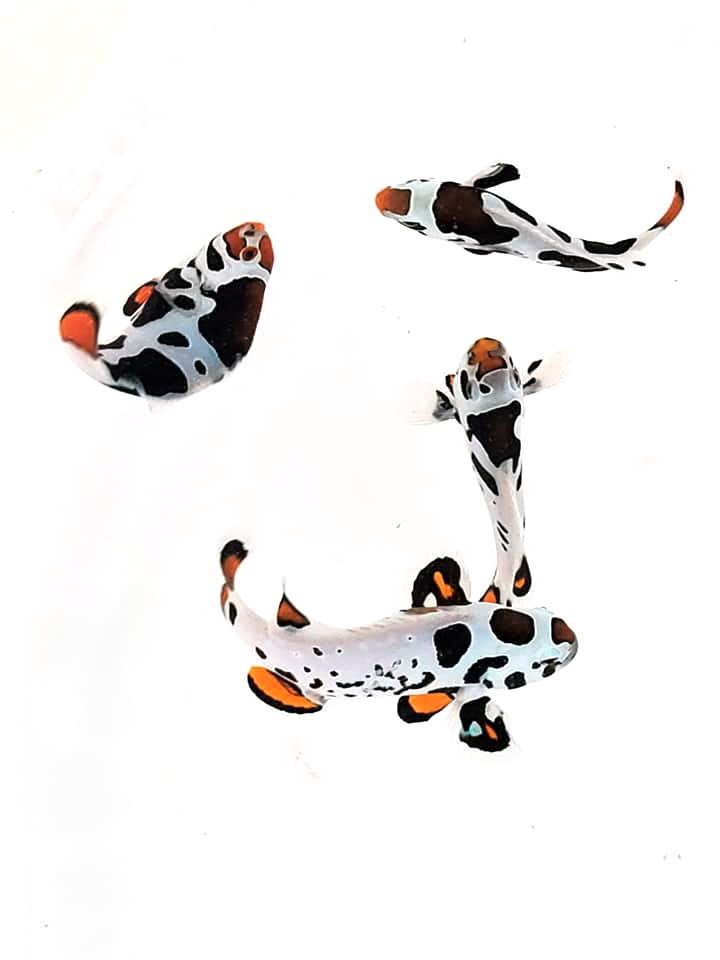
The base genetics of the Picasso Percula seem to be understood, although Wen-Ping Su notes that they have a large diversity of Picasso broodstock on the farm at Bali Aquarich, and each line carries unique, secondary traits that can influence the appearance of the offspring.
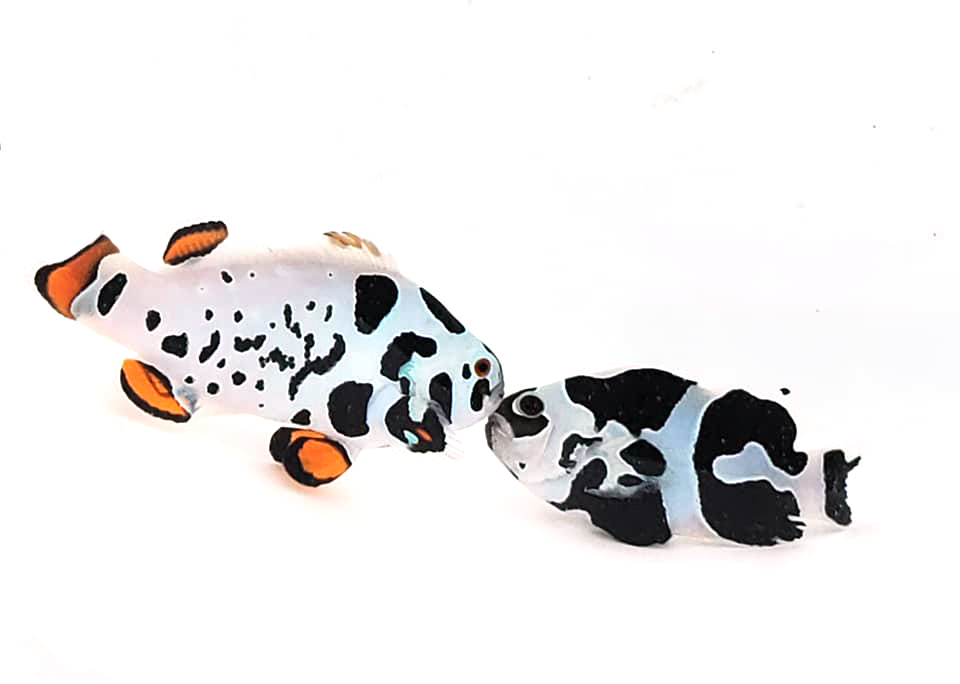
The genetics of a “Storm” clownfish are less clear, although the early breeding results out there seem to suggest that Storm is actually separate from the Davinci gene which drives the Fancy White/Davinci type Ocellaris clownfish (it also comes into play in the Wyoming White, which is likely the homozygous expression of the Davinci genetic).
Furthermore, “Storm” genetics appear to include both the stripe-altering base but also the “facemask.” Early indications from the breeding results I’ve seen reported suggest that perhaps the Storm gene is a dominant gene. That’s still speculation on my part, although others might know the answer. More data, research, and/or transparency are needed.
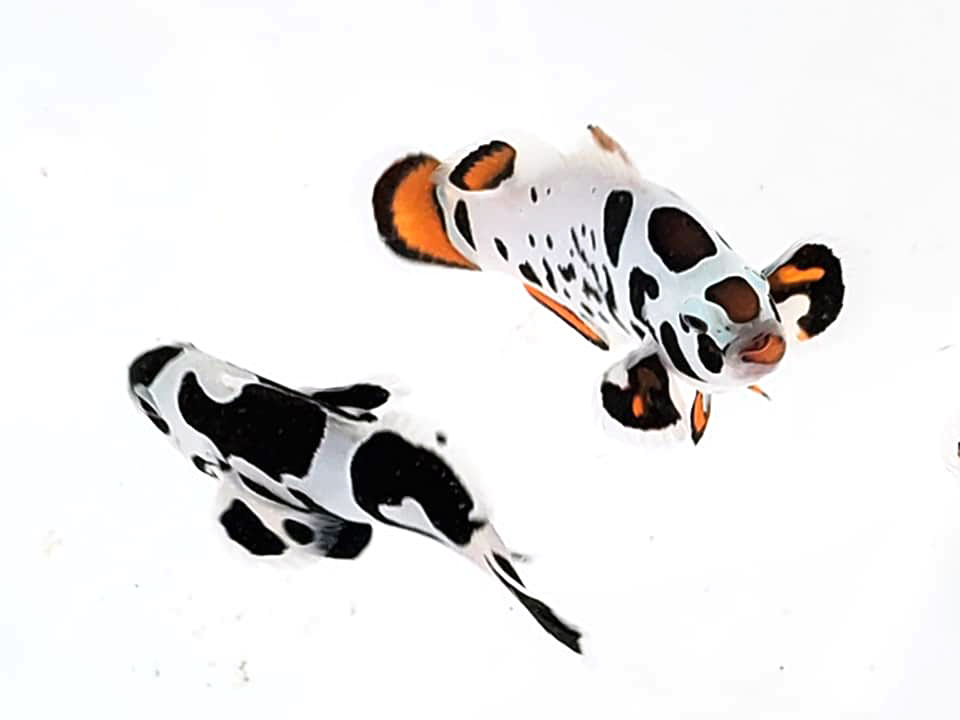
What we see, in this latest round of designer clownfish, is the mixture of multiple stripe altering genes and clearly across species lines. With the mating to Picasso Percula, there’s a clear mixture with Amphiprion percula and the Picasso gene. In the case of the siblings shown in these photos, could we be looking at offspring that carry either one or both genes?
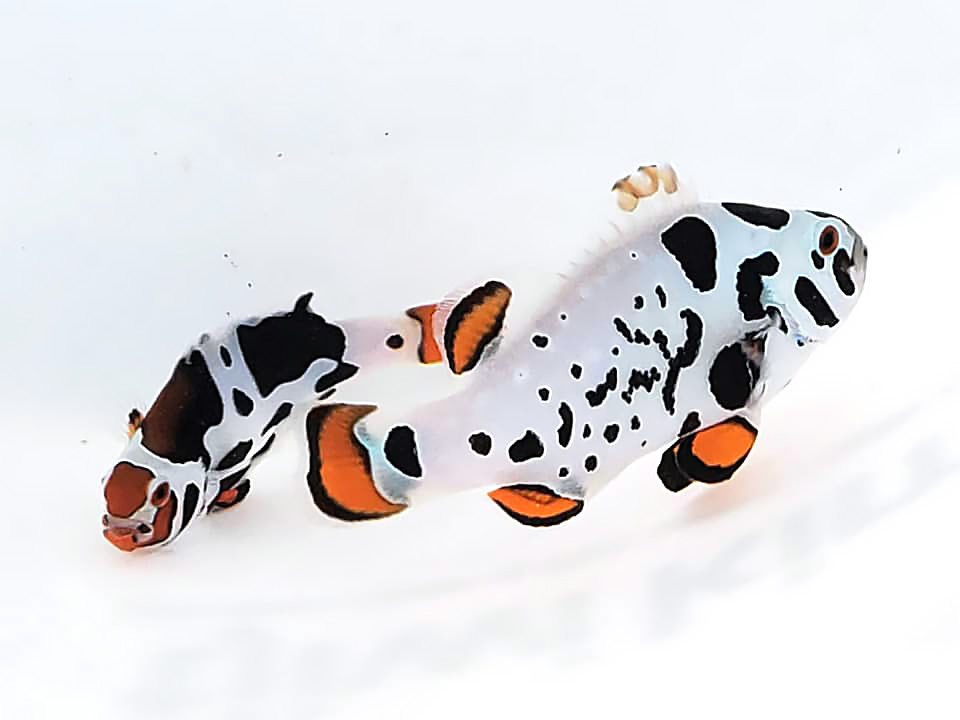
“It’s an interesting and complicated question,” says Su. Earlier photos of similar hybrid matings seem to reiterate outcomes that, in my opinion, suggest that we are seeing the “Storm” genetics in some offspring, and the interplay of “Storm” and “Picasso” in others, particularly the more highly patterned individuals.
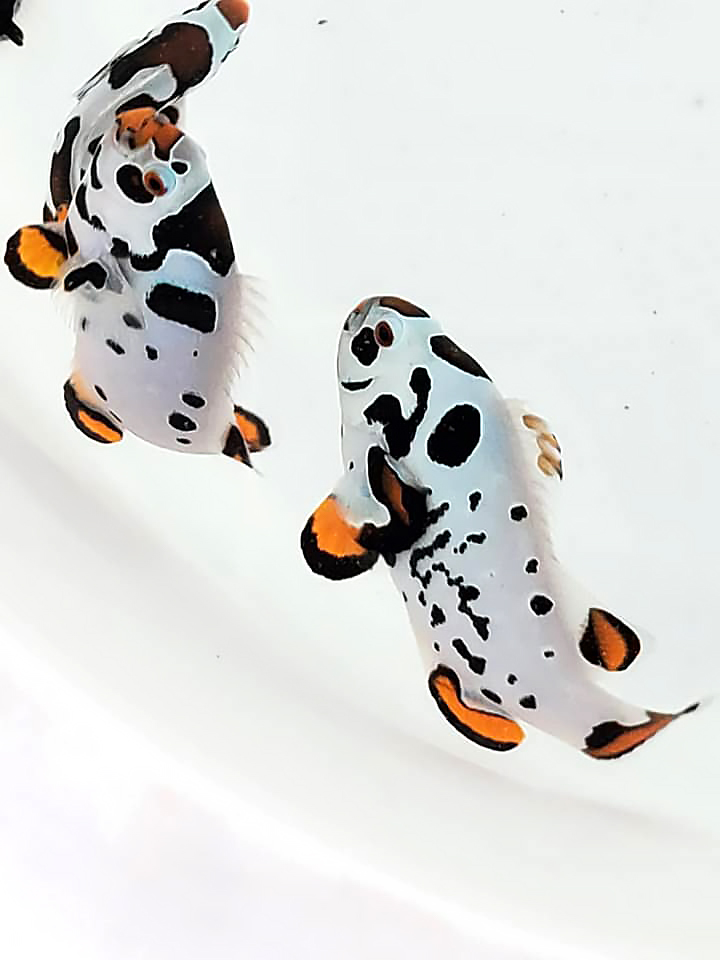
Bali Aquarich is not releasing any of these fish to the aquarium trade at this time. Instead, we’re informed that these represent future broodstock. In the same manner, no official name has currently been bestowed on this latest hybrid mixture of clownfish genetics, although I would contend that there are at least two new genotypes, possibly more, and all would be deserving of proper naming so that other breeders could abide by the communal ethic of not giving the same thing multiple names.
That said, the mixtures in our domestic clownfish soup have become more complex. Will we reach a point where the genetics have become so complicated that we ultimately have captive strains so removed from the natural form that it would be impossible to trace them back to their origins? Have we already gotten there?
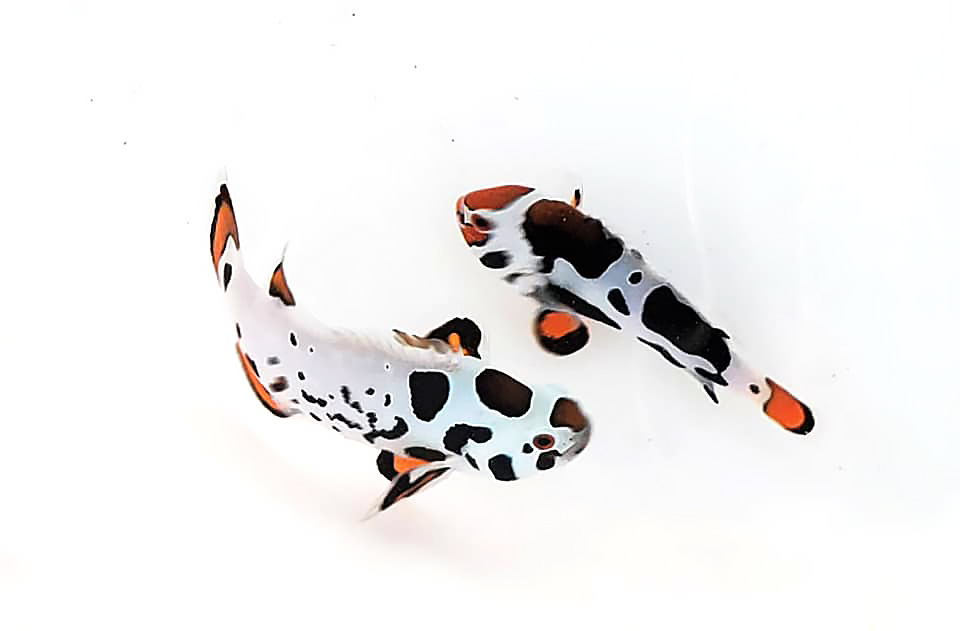
I’m currently unaware of any other breeders pursuing this combination. Searches have not turned up any results on social media discussions, which would suggest this is the first public revelation what the mating of a Black Storm Ocellaris and Picasso Percula can produce.
Editors Note: an initial version of this story suggested that the “Mocha Storm” clownfish, a mixture of Black and Orange Ocellaris, was involved, and not the Black Storm. That stemmed from a miscommunication, and the story has been corrected to account for the correct parentage, as clarified by Wen-Ping Su.





Hello my name is Daniel and I was very interested in your article about the most recent designer clownfish bred. I was wondering what the name of the clownfish were and what characteristics would be the most distinctive or different from the other designer clownfishes. Thank you!
Hello Matt, recently my pair of clownfish passed away, I bought this partícula pair of true onyx perculas from you when you bred them back in 2008-2009? There are so many options nowadays.
Gus, I suspect it would’ve been 2008! That’s a long, full life for a pair of clownfish! Indeed, the “guppification” of clownfish really took off in the 15 years since then, although it was already well underway back then.